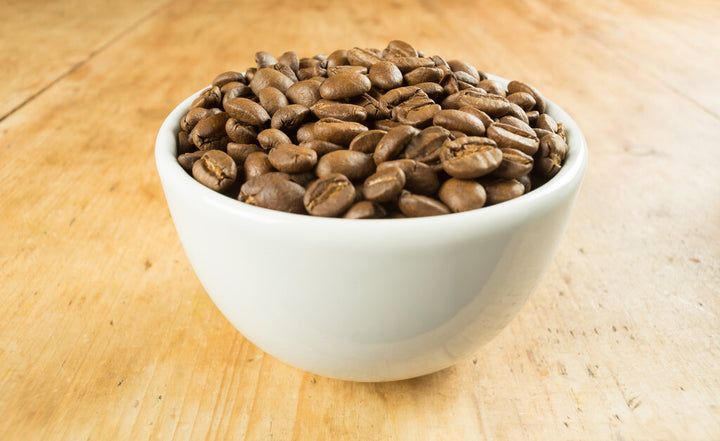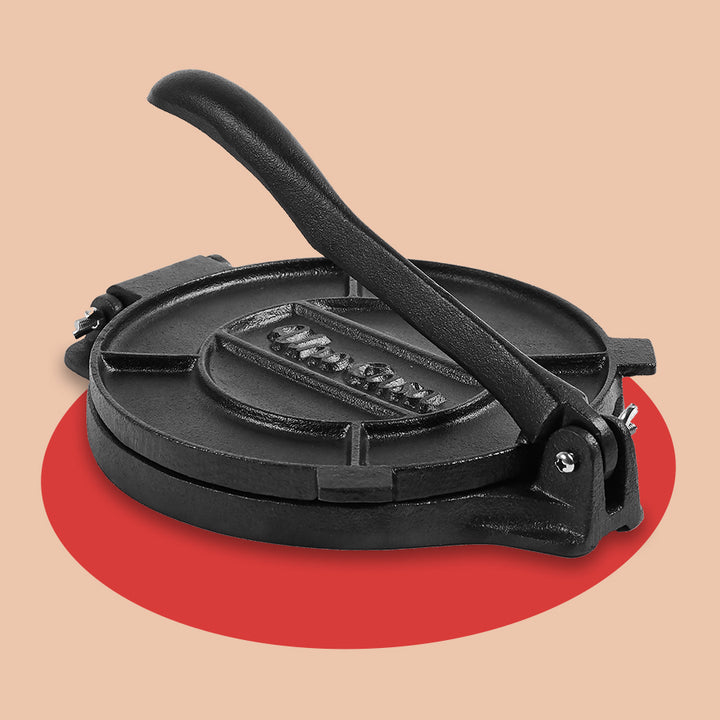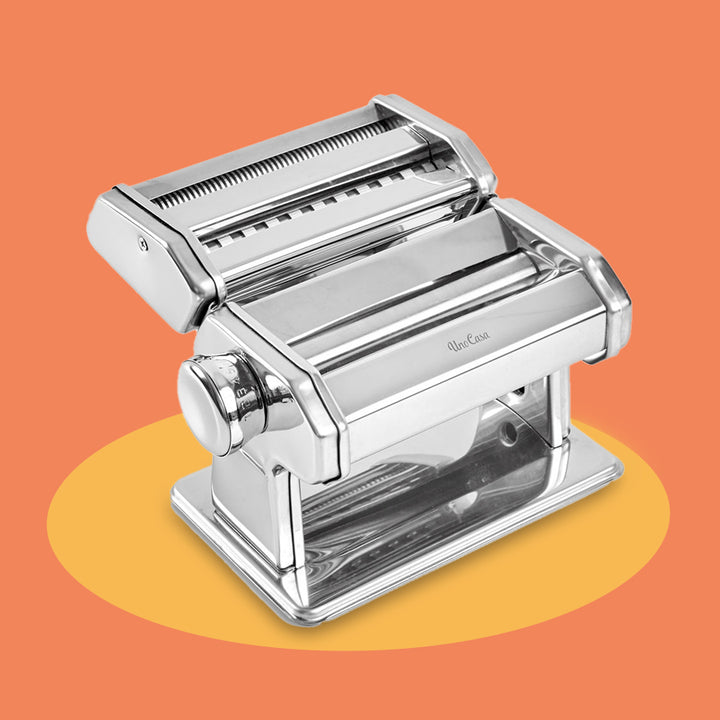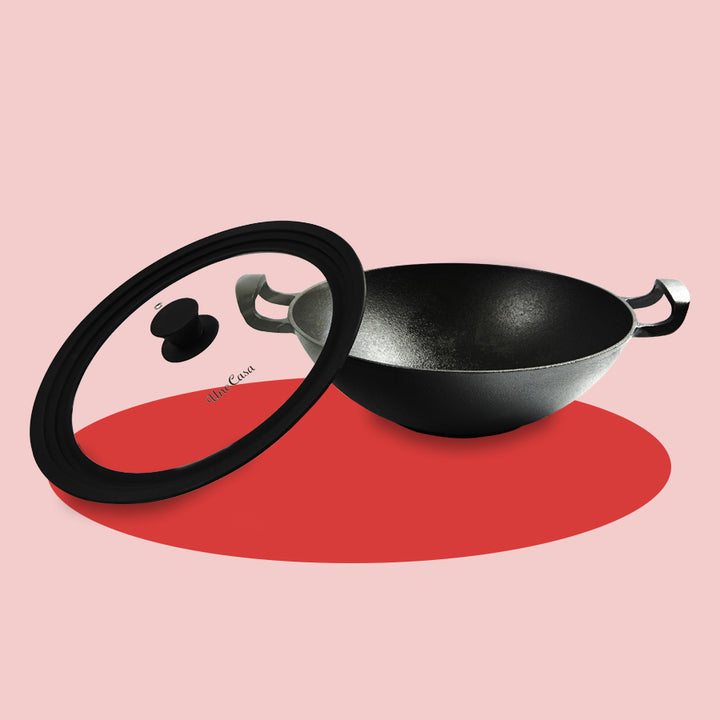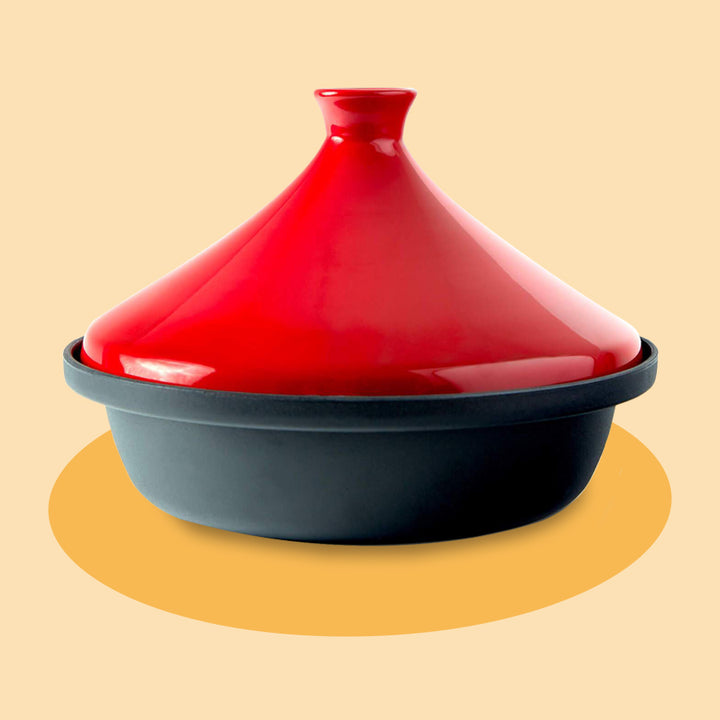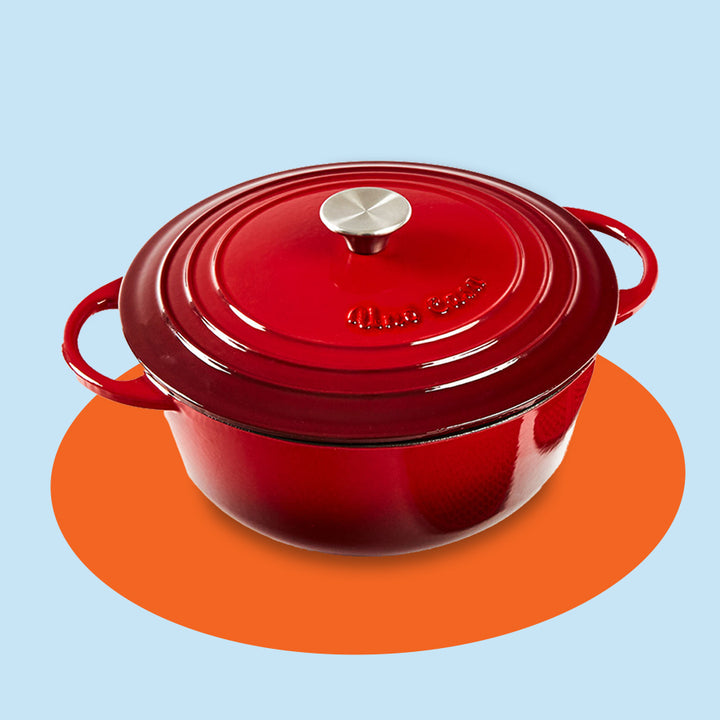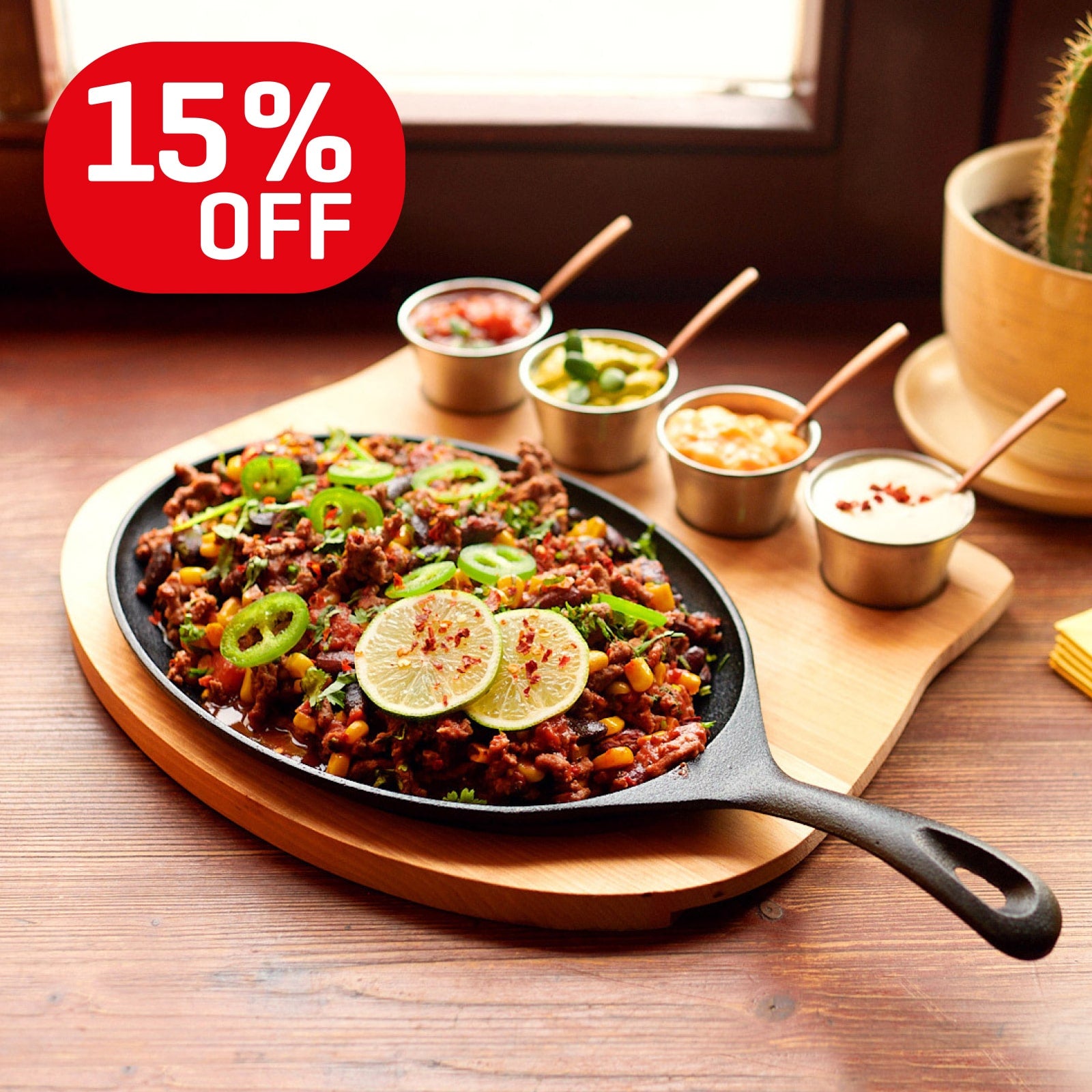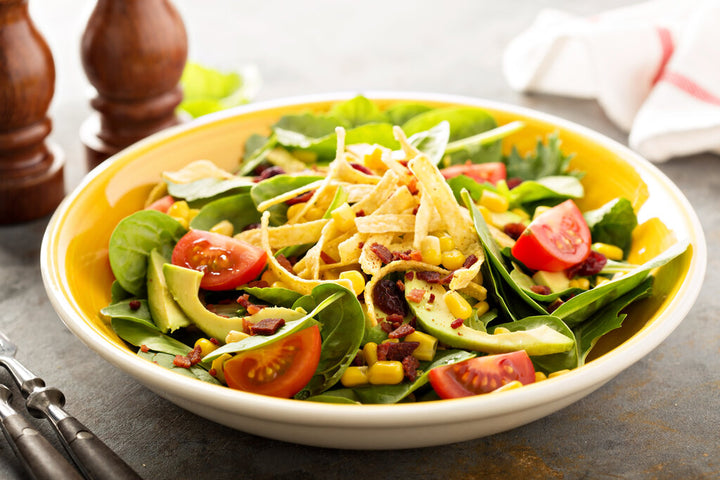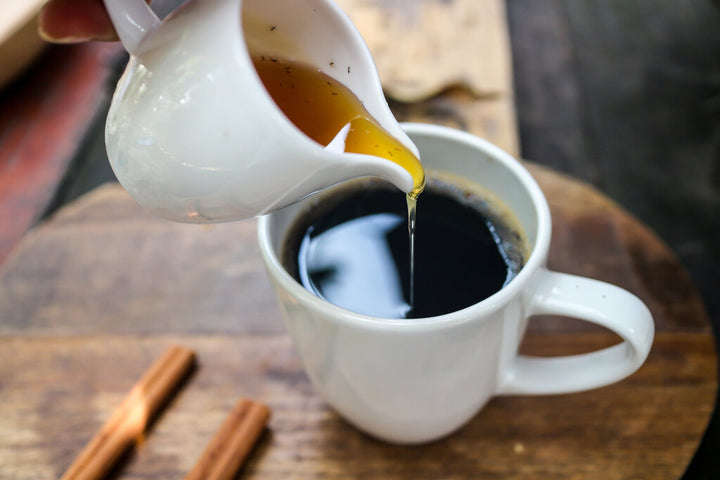Dutch Oven Cooking: How to Use a Dutch Oven to Get Excellent Results

If you're new to cooking with (either enameled Dutch oven or double Dutch oven), this article should help you to figure out how you can make the most of this incredibly versatile piece of kitchen equipment. Learn how you can ensure it is kept in the best condition, and what recipes work well with Dutch oven cooking.
What is a Dutch Oven?
Dutch ovens are large cooking pots with removable lids, which since the dawn of the Iron Age, have been molded from cast iron and used to cook meals over open fires or hot coals.
They can retain high levels of heat, and spread that heat evenly across all surfaces, which creates so many great uses for Dutch oven cookware. You can cook with them in standard kitchen ovens, use them on a stovetop, or you can even use them over the campfire.
They can have enamel coating or they can be normal cast iron.
What can be cooked in a Dutch oven?
Dutch oven cooking is suitable for a wide range of food and for many cast iron Dutch oven recipes. The obvious choice, given its resemblance to a casserole, is as a pot for all types of stews, casseroles, gumbos, curries, and other one-pot dishes. But the creative cook will find a whole range of different uses, from roasting whole birds or large joints of meat to baking whole stuffed fish (without drying out), to baking bread. It makes an excellent receptacle for boiling oil to make fried chicken, deep-fried eggplant, or other tasty fried treats, and can even be used for boiling pasta, vegetables, or eggs in water. With so many dutch oven uses, the only limit is your imagination!
Can you use a Dutch oven on the stove?
Dutch ovens are incredibly versatile - they can be used to cook meat, stews, soups, bread, and cakes. Can you use it in the oven? Yes. Dutch oven on stove tops? Sure. Dutch oven on electric stove top? Why not? When we say versatile, we mean it.
The ideal Dutch oven temperature on the stove is medium to medium-high at a maximum, which suits most types of cooking you'll use it for.
Can you put a Dutch oven in the oven?
Sure, Dutch ovens are ideal for oven cooking, and enameled versions are best suited to that environment as there is less possibility of damaging the finish. The cast iron construction means that they hold and distribute heat evenly. Even if your oven is a little uneven in terms of temperature (a common problem with older electric ovens), using a Dutch oven will ensure that the food inside doesn't suffer from specific hot or cold spots as it cooks. This is because the entire Dutch oven is heated up and it distributes this heat onto the food from all directions, very uniformly.
But you're not just limited to indoor Dutch oven cooking. They can also be used on an outdoor gas or charcoal grill, as well as over campfires. So, they're perfect to take along with you when you go camping, and they can cook up all your meals (from breakfast right through to dinner, every day). As mentioned above, though, you should watch out for scorching the enamel finish. It's easy to tell when someone has mainly used their Dutch oven on electric stovetop, vs. gas stovetop, vs. open fire by the increasing amount of scorching! An untreated cast iron version might be better for the campfire.
How to use a Dutch Oven in a conventional oven
Dutch ovens are fully oven-safe if you follow some simple guidelines.
If your dutch oven has a crack, don't put it in the oven, especially if it is an enamel-coated version.
The crack creates a dangerous weak point in the dish and could leak food, which is a fire risk, and it may break, exploding in your oven.
Dutch ovens also get very, very hot during cooking, and that includes their handles. Always use oven mitts or other types of heat protection to keep your skin safe from burns.
You can place your dutch oven in an oven of almost any kind, including gas, electric, convection, and solar. The only oven that the dish cannot go in is a microwave, as cast-iron contains metal.
Why is cooking in a Dutch oven better?
Cooking with a Dutch oven brings with it several specific advantages that you don't get with other types of pans or casserole dishes. As mentioned above, due to being manufactured from cast iron, it conducts heat exceptionally well, and the thick walls radiate that heat evenly from all sides.
This is particularly important when cooking joints of meat, for example, as there's no danger of finding an under-cooked spot or an overdone section when you finally cut into the joint. It also softens tough cuts of meat, which provides the fall-off-the-bone tenderness that we love so much.
Using it for soups and stews will allow all the different tastes and flavors to meld together during the long time that it cooks. It's perfect for softening hard veggies like carrots, parsnips, turnips, and even hardy greens like collards, and kale.
The tight-fitting lid is also essential, as it helps to trap moisture into the Dutch oven, so your stews won't dry out, your meat will remain juicy, and if you use it for baking bread, you'll get a lovely glossy crust on every loaf.
Taking care of your Dutch oven
Dutch oven cooking the first time might seem a little intimidating, but once you know how they work, you won't be able to imagine your kitchen without one. There are a few things you need to know about Dutch ovens if you've never used one before. This will ensure that you increase its longevity and get the most out of it. The more you take care of it, the longer it will last and you'll be able to get years and years of delicious meals out of it.
Remember that while cooking with it, it takes a while to heat up. This is perfectly normal. Give it all the time it needs, and you'll see how it retains this heat so that it can slow cook your meal to perfection. But there are some other things you need to do to make sure that this appliance can keep on giving.
The two main things to remember when looking after your Dutch oven are:
- Seasoning: preparing a Dutch oven for use with a thin layer of oil
- Cleaning: You will clean your Dutch oven in different ways depending on its seasoning/coating.
The final say
Cooking with cast iron Dutch ovens or enamel ovens is really the gift that keeps on giving. They are fantastic for slow cooking and can be used for just about any cast iron Dutch oven recipe. Always make sure that your Dutch oven is clean and seasoned before you use it.
They're ideal for stewing, roasting, frying, baking, campfire cooking, desserts, and pasta. Check out our article for more Dutch oven uses.
Why not bookmark this article so that when you want to know how to use cast iron Dutch oven for Dutch oven cooking, you'll be sorted?
Leave a comment
Comments will be approved before showing up.
Also in Tips
